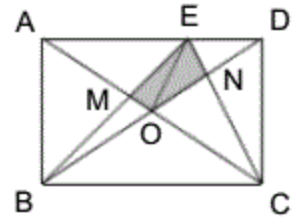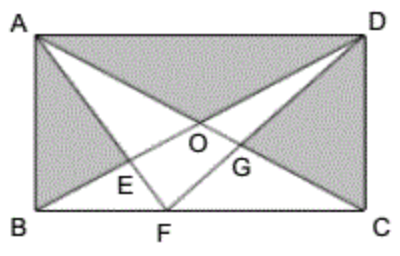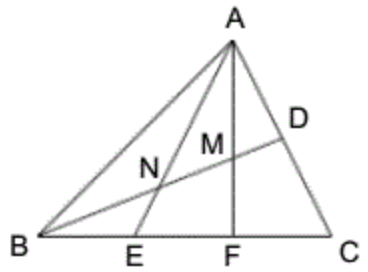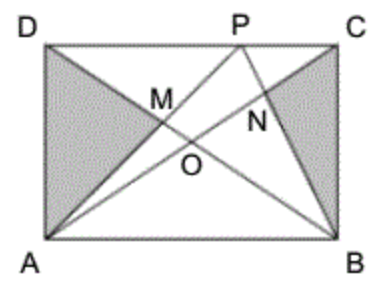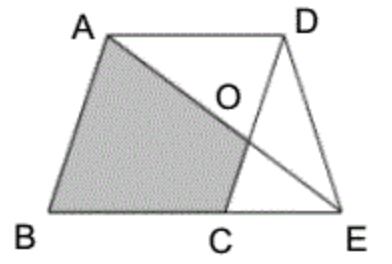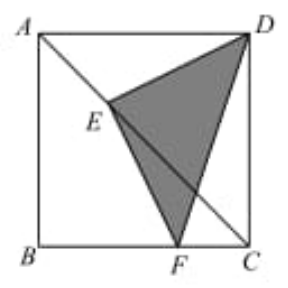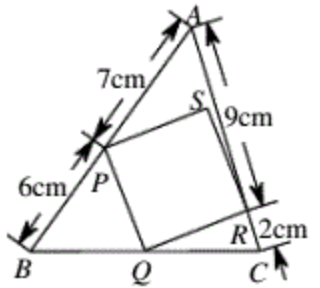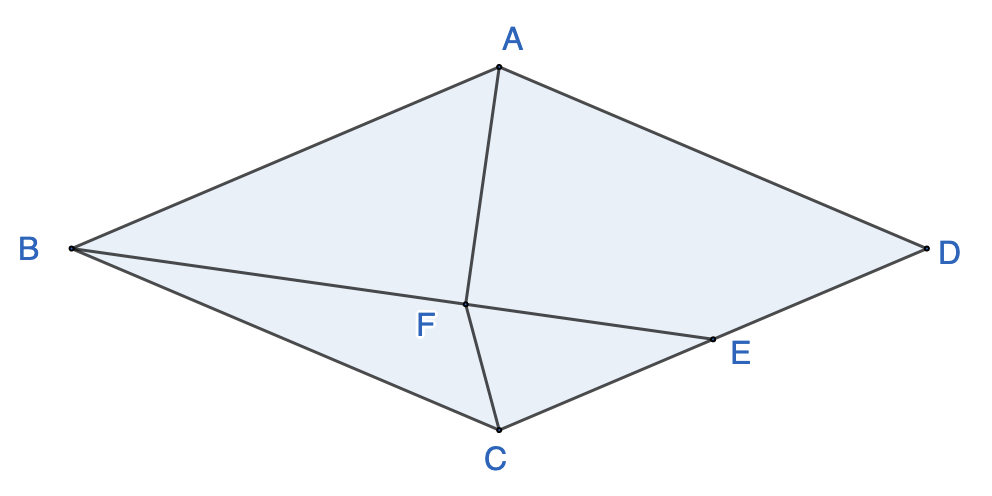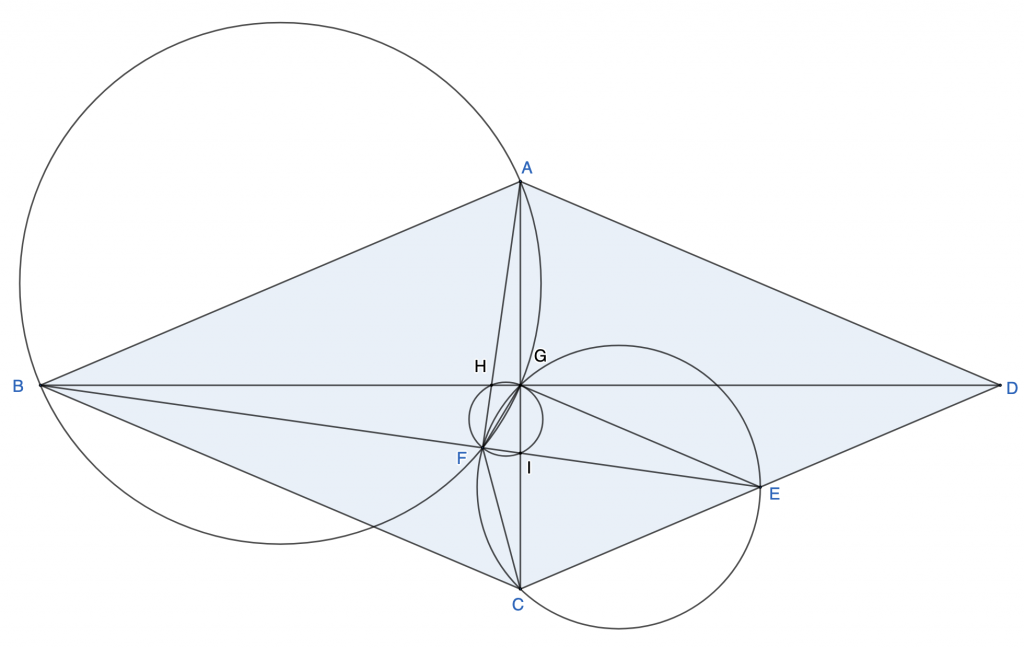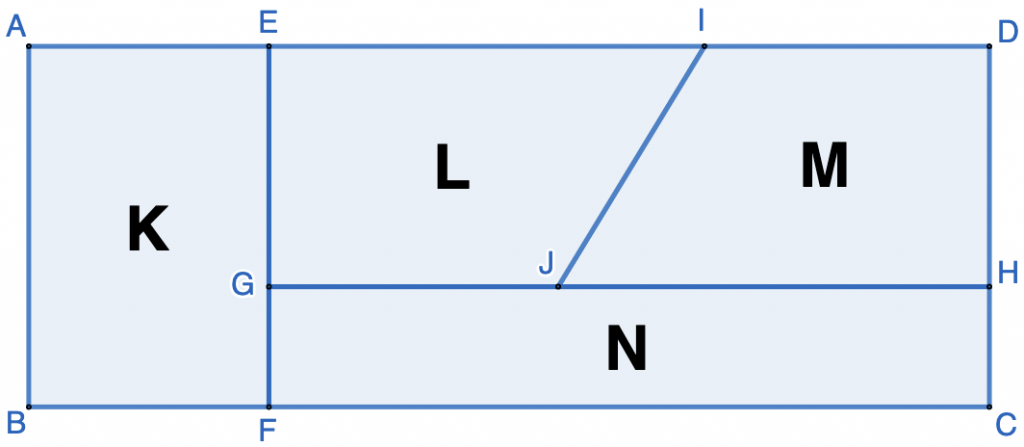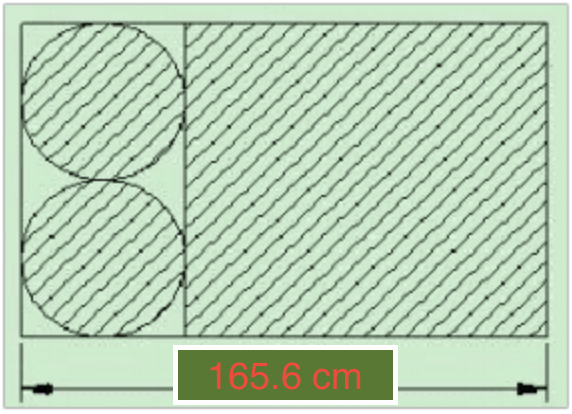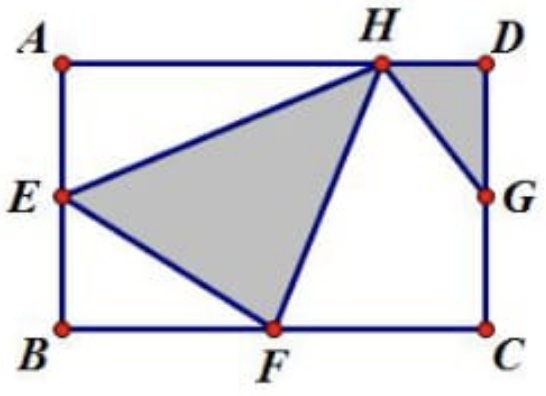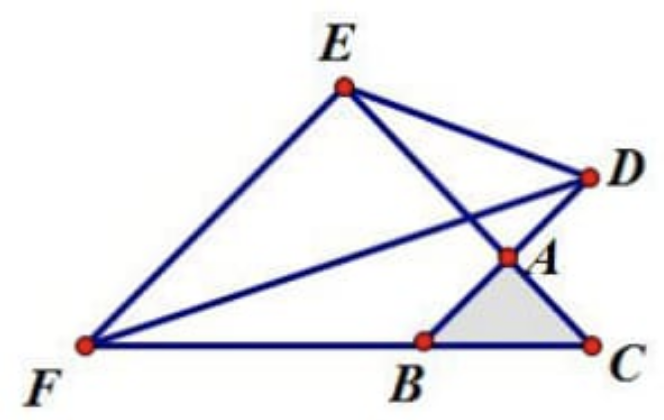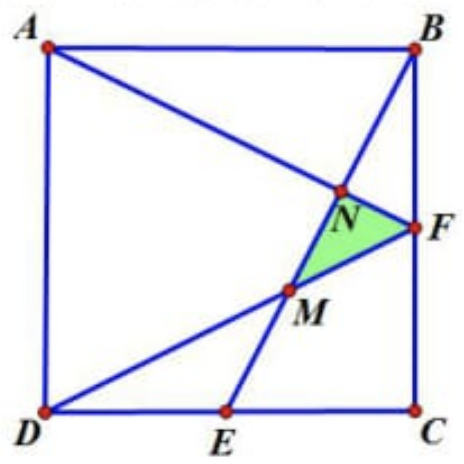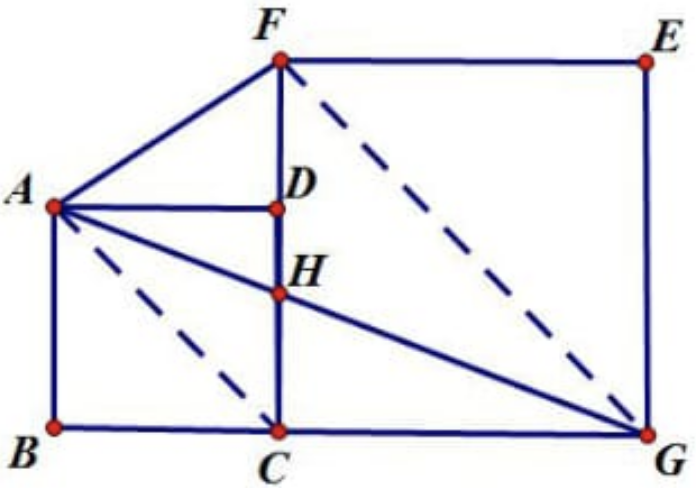In 3D geometry, a Platonic Solid is a convex polyhedron with all its faces are congruent regular polygons. There are only 5 Platonic Solids, Tetrahedron, Cube, Octahedron, Dodecahedron, and Icosahedron.
Rotational Symmetry is the property of a geometric shape has when it looks the same after some rotation by a partial turn.
The number of the rotational symmetries of a is easily obtained by any of several methods:
- Number of faces times number of sides per face
- Number of vertices times number of edges per vertex
- Number of edges times 2 (number of faces per edge)
The full number of symmetries is twice the number of rotational symmetries as each possible rotation has a unique reflection across any suitable plane.
$$\begin{array}{|l|c|c|c|l|c|c|}
\hline
Platonic&\# of &\# of&\# of&Face&Rotational&Full\\
Solids&Faces&Vertics&Edges&Shape&Symmetry&Symmetry\\
\hline
Tetrahedron&4&4&6&Triangle&12&24\\
\hline
Cube&6&8&12&Square&24&48\\
\hline
Octahedron&8&6&12&Triangle&24&48\\
\hline
Dodecahedron&12&20&30&Pentagon&60&120\\
\hline
Icosahedron&20&12&30&Triangle&60&120\\
\hline
\end{array}$$
Question 1: How many different way to paint the surface of a Tetrahedron with at-most of 4 different colors?
Answer: With 1 color, there is only 1 way. With 2 colors, either 1 face is painted with one color, the other 3 faces in the other color, i.e. 2 ways; or 2 faces painted in one color, the other 2 in the other color, i.e. 1 ways; therefore, there are $2+1=3$ ways. With 3 colors, 3 faces are painted in the different colors, and the 4th one painted in one of the 3 colors, i.e. 3 ways. With 4 colors, considering the rotational symmetry, there are $\dfrac{4!}{12}=2$ ways. Therefore, the answer to the question is $1+3+3+2=\boxed{9}$.
Question 2: How many different ways to lable 1, 2, 3, 4, 5, and 6 on a regular cubic dice?
Considering the rotational symmetry, the answer is $\dfrac{6!}{24}=\boxed{30}$.

